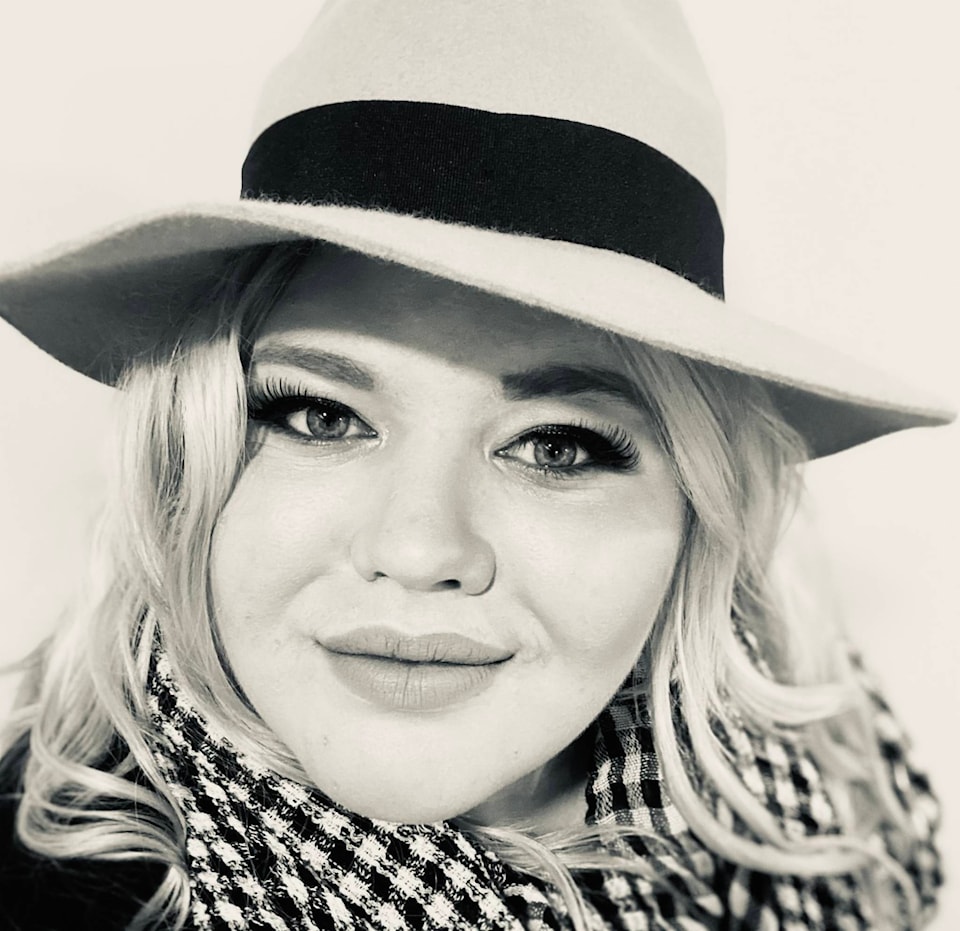Early this month, which is Women’s History Month to be exact, 33-year-old Sarah Everard went missing as she walked back to her Brixton home from a friend’s house in Clapham, South London.
Nine days later on March 11, 2021 her body was found.
Why am I talking about a woman who was murdered in the UK? Because she could be any one of us, and that is the sentiment that women are feeling around the world as they speak up against the injustice of Everard’s situation and the deeply-rooted issues that come with violence against women that led to her death.
Everard took every precaution that every woman has drilled into her mind when walking alone at night. She took the long way as to not walk in the dark, she called her boyfriend on the way, she was covered head to toe.
Wayne Couzens, a police officer with the Met Police, has since been charged with her kidnapping and murder. That’s right a police officer.
Everard’s dissapearance and death led women to take to social media and share their experiences of harassment, assault and violence against them. It led women to being vulnerable about why they are afraid of most men, and that Everard’s story amplified their fears.
Everard’s murder manifested as the worst fear for many women. For the ones who carry rape whistles and alarms on their keys, for the women who carry their keys between their fingers for protection, for the women who text somebody they trust with the license plate number of their Uber or cab before they get in, Everard’s death seems like a screaming statement that no matter what women do to protect themselves it won’t help, because the issue isn’t what they are doing.
Do you know how men on the internet responded to this outpouring of vulnerability? The hashtag #NotAllMen began to trend.
Which yet again proves that men are missing the point. All of what is circulating brings me back to a segment of Scottish Comedian Daniel Sloss’ standup show ‘X’. During the show he gets very serious at one point about how his one friend was raped by another one of his friends.
“I knew this man for eight years and he f$*&ing did it. There are monsters among us and they look like us. If you are sick of the narrative that is currently going on about men, feel free to change it, but you have to get involved,” Sloss says during one of the monologues.
“Don’t make the same mistake I did for years which was just sitting back and being like, well I’m not part of the problem therefore I must be part of the solution… I believe and know that deep down most men are good, of course we are. But when one in 10 men are s$#* and the other nine do nothing, they might as well not f$&*ing be there.”
Women know that of course it’s not all men, but when it is one and ten it is enough of a factor for them to be afraid.
And you may ask, why now, why bring up the discussion when these issues are not new?
We have been raising our voices for a long time, we have been going missing for a long time, we have lived in fear for a long time—but this event puts a public face and a public incident to a systemic issue. And the issue is violence against women.
For so long we have seen the narrative, what women can do to stay safe—how about we adjust the way we look at this issue and say what should men do to help keep women safe? Because violence against women is never the fault of the woman.
It goes all the way back to when we are young, from being told that our shoulders are too distracting to our male peers to being told that when somebody picks on us or bullies us that means they are interested or have a crush. Instead boys should be taught that regardless of what a woman wears she is not to be objectified and girls should be told that it is not okay to accept harassment and in no ways should that be hardwired into our minds that harassment is an acceptable form of affection.
And in 2021, women should not be being advised to “not go out alone” because it is too dangerous for them—why should the actions of women be restricted to keep us safe from the actions of men?
In light of all of this some men have really stepped up to the plate to share their support and their advise on how they try to help women feel safer when walking alone at night including:
• Make Space: don’t jog or run up from behind, cross the road;
• Show you’re not a threat: don’t stare, focus elsewhere;
• Make yourself known: A noise or talking on the phone can alert someone you’re there;
• Keep the comments to yourself: it’s not a compliment and can be terrifying;
• Be an active bystander: if you see someone in trouble share your support.
To those who don’t understand and think this all sounds like overkill just remember that 1 in 5 women have been assaulted in their lifetime. And just because you may not have been told about it doesn’t mean that it hasn’t happened, it just means that they don’t trust you enough to tell you about it.
It’s a lot to digest and it certainly won’t change overnight, but I think it’s time that everybody, men, women, non-binary people everywhere put their foot down and start to change the system. Because right now it is broken, right now it is dangerous. Enough is enough.
shaela.dansereau@pipestoneflyer.ca
Like us on Facebook and follow us on Twitter
